Vera Rubin, Who Confirmed Existence Of Dark Matter, Dies At 88

Vera Rubin, the groundbreaking astrophysicist who discovered evidence of dark matter, died Sunday night at the age of 88, the Carnegie Institution confirms.
Rubin did much of her revelatory work at Carnegie. The organization’s president calls her a “national treasure.”
In the 1960s and 1970s, Rubin was working with astronomer Kent Ford, studying the behavior of spiral galaxies, when they discovered something entirely unexpected — the stars at the outside of the galaxy were moving as fast as the ones in the middle, which didn’t fit with Newtonian gravitational theory.
The explanation: Dark matter.
Adam Frank, an astrophysicist who writes for NPR’s 13.7 blog, described dark matter by comparing it to a ghost in a horror movie. You can’t see it, he writes — “but you know it’s with you because it messes with the things you can see.”
Adam continued:
“It was Vera Rubin’s famous work in the 1970s that showed pretty much all spiral galaxies were spinning way too fast to be accounted for by the gravitational pull of the their ‘luminous’ matter (the stuff we see in a telescope). Rubin and others reasoned there had to be a giant sphere of invisible stuff surrounding the stars in these galaxies, tugging on them and speeding up their orbits around the galaxy’s center.”
Vera Rubin, Who Confirmed Existence Of Dark Matter, Dies At 88
More Posts from Saients and Others

Stepping on Lava
GIF made by Sixpenceee. Original video via YouTube.

The tail of a 99-million-year-old dinosaur, including bones, soft tissue, and even feathers, has been found preserved in amber, according to a report published today in the journal Current Biology.

A micro-CT scan of the delicate feathers that cover the dinosaur tail. Image: Lida Xing.
While individual dinosaur-era feathers have been found in amber, and evidence for feathered dinosaurs is captured in fossil impressions, this is the first time that scientists are able to clearly associate well-preserved feathers with a dinosaur, and in turn gain a better understanding of the evolution and structure of dinosaur feathers.
We clearly need a new Jurassic Park movie featuring cute feathery dinosaurs.

A reconstruction of a small coelurosaur Credit: Chung-tat Cheung
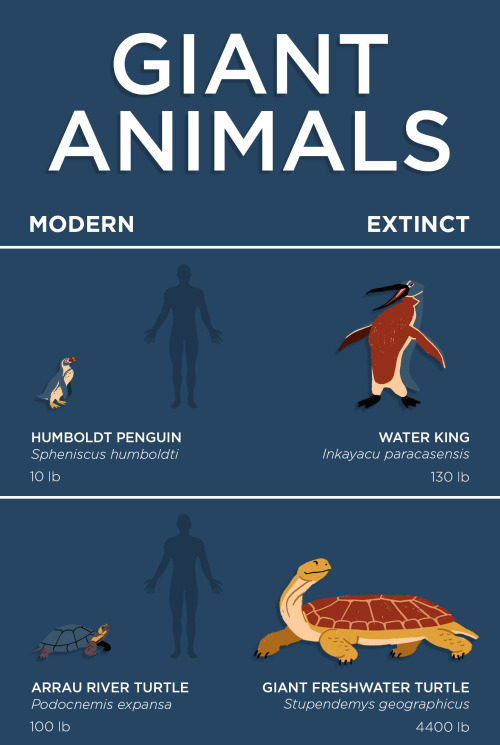
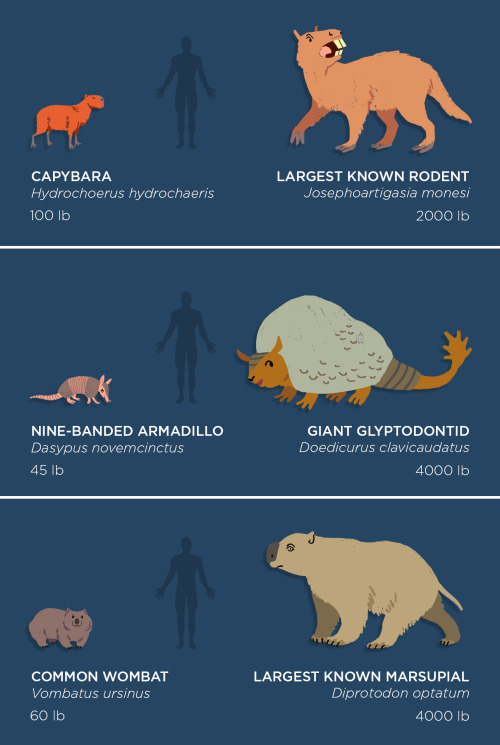
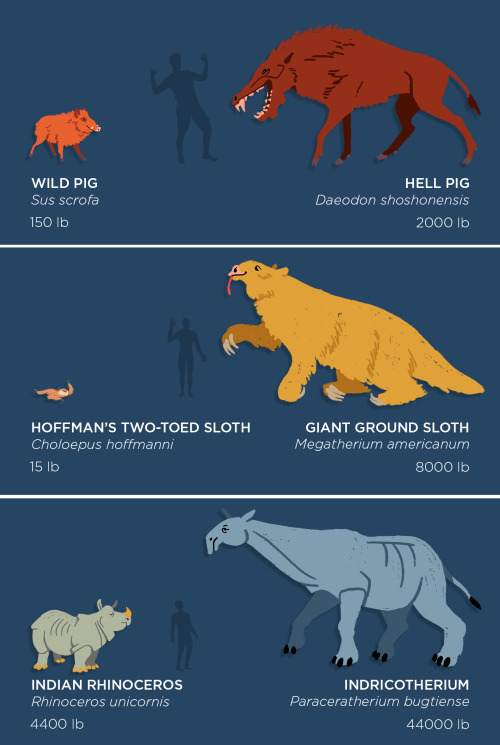
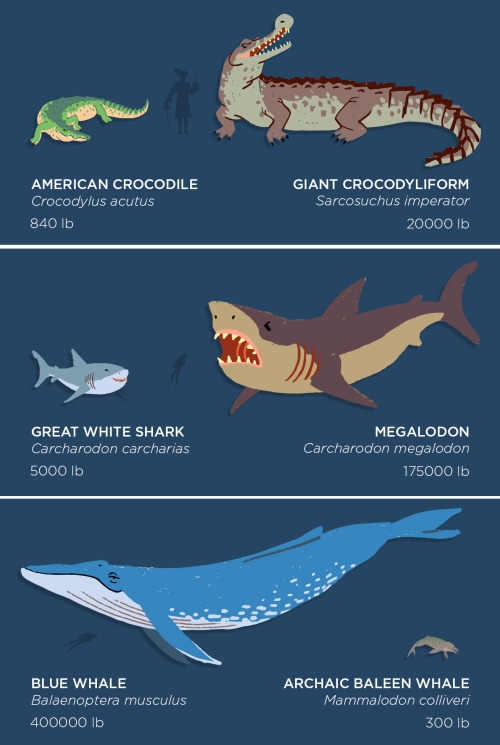

A-Z GEMSTONES

BLUE TOURMALINE
Blue Tourmaline strengthens communication skills and psychic awareness. Assists in relating to others lovingly. Helps to live in harmony with your environment. Guides us into service. Tourmaline clears negative emotions and thoughts and opens us to joy and honesty. Aids in the receptivity of inspiration, to flow into the mind. Radiates light protection for wearer.
Blue Tourmaline (Indicolite) Gemstone Meaning:
Blue Tourmaline, also called indicolite or indigolite, is a very rare and special kind of tourmaline. The word Indicolite is derived from the Latin word, meaning ‘indicum plant’. The soothing blue color promotes a calming effect, and offers relief from stress. Blue Tourmaline brings joy and happiness. It promotes harmony, tolerance and kindness.
Some Uses Are: to develop psychic gifts to open doors and communication with the spiritual realm to facilitate deep meditation to better explore and understand past lives
Combine Blue Tourmaline with these stones: Blue Kyanite, Lapis Lazuli, Aqua Aura, Sodalite
Chakras: Third Eye, Throat Astrological sign: Leo Element: Water Element, Wind Element

BROWN TOURMALINE (DRAVITE)
Dravites or Dravide are excellent for grounding, clearing and opening the connection between the Earth and your body. It protects and shields from negativity that may be directed towards or surrounding you. This Tourmaline brings peace when in a large group and helps with healing in dysfunctional family dynamics. Brown Tourmaline clears your auric field, opening the path for the aligning your energies to its optimum. Plants love Dravite and seem to flourish in its presence.
Dravite (Champagne Tourmaline) Meaning:
Dravite is a brown variety of Tourmaline. It is an ideal stone for self-healing, aids in finding emotional strength and self-acceptance. Dravite inspires courage and persistence. It calms and soothes, grounding and stabilizing the inner self. Use Dravite with these compatible stones to clear and ground the root chakra and provide psychic protection: Black Tourmaline Jet Black Obsidian Smokey Quartz
Chakras: Heart Chakra, Root Chakra Astrological sign: Aries Color: Deep golden brown Element: Earth, Storm Energies: Power, Love
some of my favourite absolutely SICK facts about the trappist-1 exoplanets: - theyre all very close to one another and to their star, so the length of a year on them varies from 1 to 20 DAYS - since they’re so close, the star appears a lot bigger than our sun from earth, and from one planet you could easily see the rest, some would even appear bigger than the moon from earth. you could literally see the surface of another planet with the naked eye!!! - they’re probably tidally locked to their star like our moon is locked to earth, meaning only one side of a planet ever faces the star, and on the other side it’s always night. the sun never sets or rises on any of the planets - the star is red, so the sunlight is red/orange, meaning if, for example, plants were to grow there, they could be black and that’s just what we know now, imagine how much cool stuff we have yet to discover about the trappist-1 system
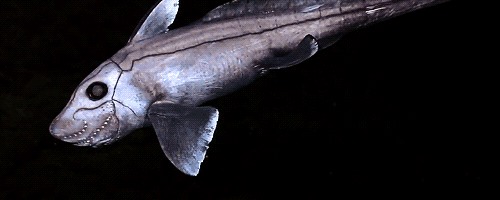
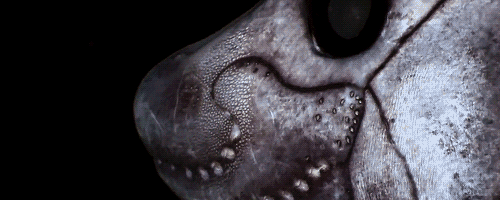
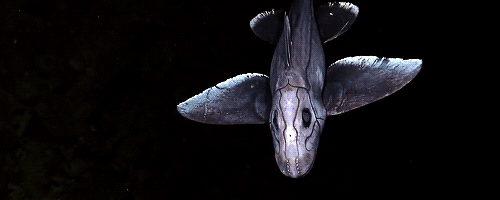
The Chimaera, known informally as the “ghost shark” or “rat fish”, is a deep sea cartilaginous fish in the order Chimaeriformes. Living at over 8,000 ft below the surface, the Chimaera is well adapted to the deep, dark sea. The dots on its nose are sensory organs that detect electrical fields in the water - helping the Chimera find its prey. While little is known about the Chimaera’s diet, it’s speculated that it feeds on molluscs and crustaceans that it crushes open with the grinding plates in its mouth. The spines on the top of its body are loaded with venom; the Chimaera uses these spines to defend itself.

As close as you will ever be to a nuclear explosion
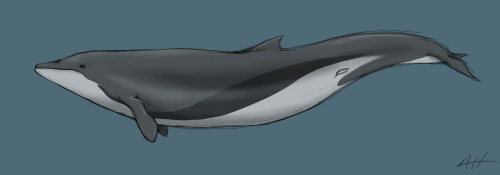
As a paleo-artist, one of my biggest pet peeves are prehistoric whales reconstructed not as whales but as sinewy, snarling, shrink-wrapped marine reptiles. It’s just not a plausible reconstruction, even if it’s highly speculative, and it paints an incorrect image in the public eye. Granted, this is a struggle I’ve exlpored in all forms of paleo-art and reconstructive illustration. But the whales have really been getting to me recently.
Here are some recontructions of Basilosaurus, if you don’t know what I mean (one by Karen Carr, the other by an artist I could not determine):


These snakey, reptilious reconstructions may stem from the fact that Basilosaurus, one of the first early cetaceans to be found, was believed to be a reptile when first discovered (hence the name). Maybe we simply haven’t fully shaken that mindset.
But still! Even the damn Smithsonian, which has such a wonderful collection of ancient cetaceans, is at fault in this:

Don’t even get me started on their recently-closed dinosaur hall. Thank the lord they’re finally renovating that dated piece of crap.
I have struggled to find a way to reconstruct these animals so that they are just a little bit more believeable. Up top I’ve done a really really quick sketch of Dorudon. I tried to not only make its body more streamlined and whale-like (because Dorudon has a lovely, almost but not quite modern-looking skeleton), but I also tried to give it markings similar to what we find on modern cetaceans for camouflage. Because hey, who’s to say they didn’t have ‘em? I tried to make them familiar but not directly copied from any modern species.
Aaaaand end rant.
-
 onlodmorano liked this · 1 year ago
onlodmorano liked this · 1 year ago -
 obsupriavol liked this · 1 year ago
obsupriavol liked this · 1 year ago -
 samesoupjustreheated77 liked this · 3 years ago
samesoupjustreheated77 liked this · 3 years ago -
 vaguepositivity liked this · 3 years ago
vaguepositivity liked this · 3 years ago -
 mrorganizedlikes reblogged this · 4 years ago
mrorganizedlikes reblogged this · 4 years ago -
 septimusheaps reblogged this · 5 years ago
septimusheaps reblogged this · 5 years ago -
 professorvanhelsing liked this · 5 years ago
professorvanhelsing liked this · 5 years ago -
 spitfirealiceagra liked this · 5 years ago
spitfirealiceagra liked this · 5 years ago -
 gunsgearsnbows liked this · 5 years ago
gunsgearsnbows liked this · 5 years ago -
 sometimesinthemiddleofthenight89 liked this · 5 years ago
sometimesinthemiddleofthenight89 liked this · 5 years ago -
 peachy-pryncess liked this · 5 years ago
peachy-pryncess liked this · 5 years ago -
 slothtooth reblogged this · 6 years ago
slothtooth reblogged this · 6 years ago -
 doidaredisturbspacetime liked this · 6 years ago
doidaredisturbspacetime liked this · 6 years ago -
 wildroseangel liked this · 6 years ago
wildroseangel liked this · 6 years ago -
 arandomspaceace liked this · 6 years ago
arandomspaceace liked this · 6 years ago -
 bottomless-teapot liked this · 6 years ago
bottomless-teapot liked this · 6 years ago
Stardate: 2258.42...or, uh, 4... Whatever. Life is weird, at least we've got science.
75 posts
